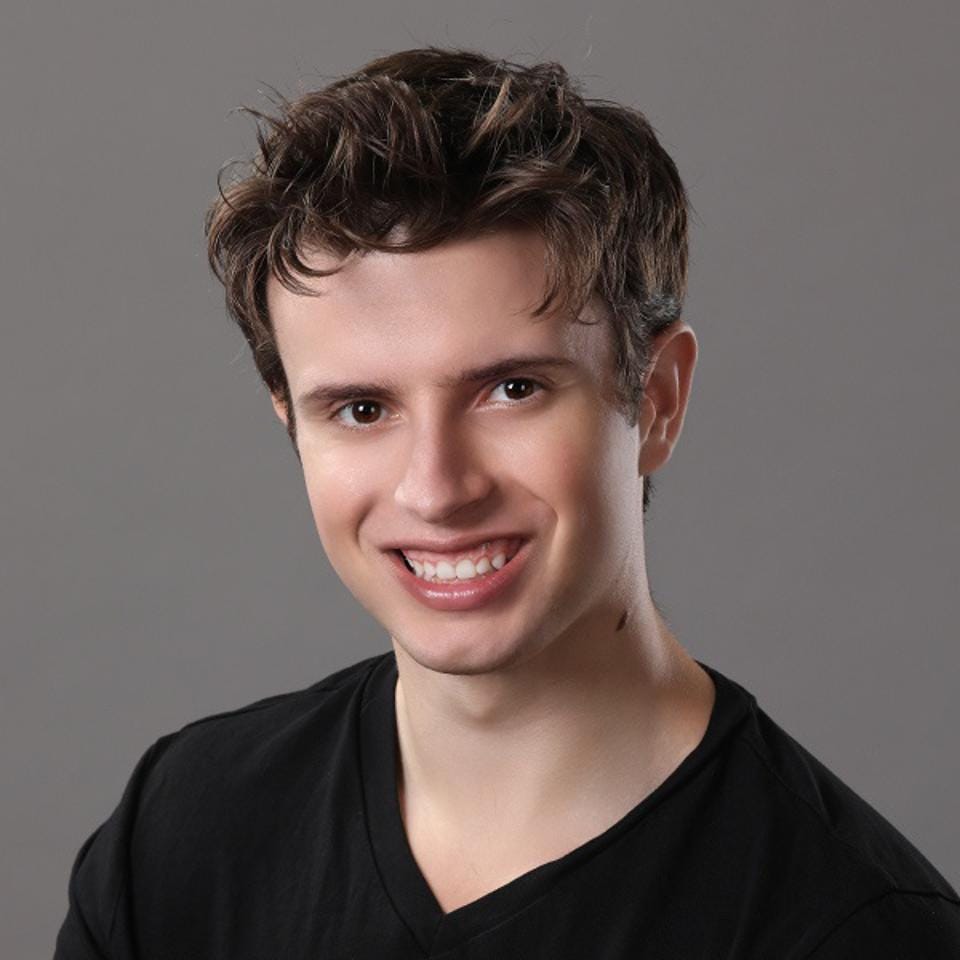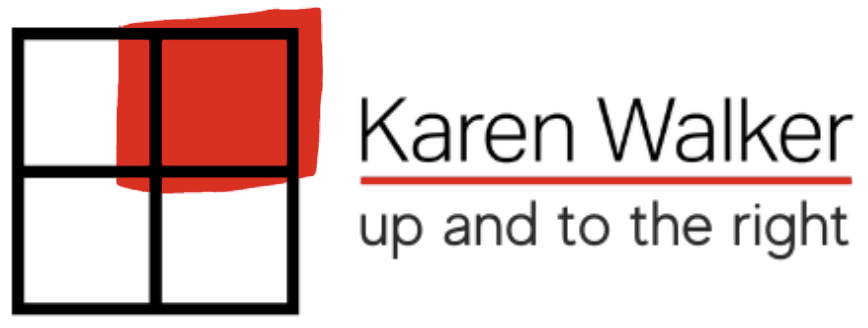
Adam Guild, the 21-year-old co-founder and CEO of Owner.com, has been a successful entrepreneur since the age of 12. His latest venture, Owner.com, provides an online infrastructure platform for restaurant operations. SaaStr Fund, Redpoint Ventures, Day One Ventures and multiple high-profile individuals have invested.
We spoke recently about his business trajectory and why Owner.com has seen success in a historically tough market.
This interview has been condensed and edited for clarity.
Karen Walker: What is the founding story of Owner.com?
Adam Guild: It is very intertwined with my life story. At the age of nine, I started building projects online. By the time I was 12 years old, I created my first successful project. This Minecraft server grew over four years into one of the largest Minecraft server networks in the world, reaching over 7 million users.
I officially dropped out of high school in the 10th grade to work on scaling up that server, much to the chagrin of my Ivy League-educated mom. I was generating hundreds of thousands of dollars in income.
And around this point, shortly after I dropped out of high school, Microsoft bought Minecraft and started cracking down on companies like mine. After a few months of cat and mouse games, I realized that I was putting my mom in legal jeopardy.
Walker: Ivy league was out of the question at that point, so what did you do?
Guild: I started building games. The games were beginning to get traction, but I felt like the impact I was having on the world was probably negative since games are like a legal opiate.
I didn’t know what else to do until my mom started her own small service business. Over a year, I saw my mom go from starting a business and being excited to struggling to get new customers because she hadn’t planned for marketing.
I started Owner.com to help her – by applying all of the growth hacking stuff that I learned from gaming, the Minecraft server world and social media.
We were able to take her from struggling to hitting her three-year revenue rate projections to driving hundreds of thousands of dollars in sales to her three months later. Seeing her go from struggling to feeling a renewed sense of excitement inspired me to start what would become Owner.com.
I had just turned 18 and my initial goal was to help more people like my mom, sorting out how to best apply this technology that I built for her – converting website visitors into new customers using conversion rate optimizations.
I reached out to hundreds of business owners in Los Angeles. Someone finally gave me a shot and the results for their company were even better. With a few referrals, the business began to grow.
In March of 2020, we had signed up some more locations of companies such as PF Chang’s, and the coronavirus hit. By the third week of March, restaurant dining rooms were starting to lock down. Emails arrived in my inbox canceling our deals. Literally, over two weeks, we lost all our revenue – and that revenue was funding the business at the time.
During this period, Y Combinator rejected us. We had to lay off everybody on the team, and I was at a real crossroads. I had to figure out how to adapt to this climate to survive.
I started cold calling hundreds of restaurant owners and talking to all our previous customers. I asked them, “How can I be helpful to you during this time?” I didn’t have anything to sell to them. I was just trying to understand. I was listening.
They universally said, “Online ordering is terrible. We’re losing money on every transaction.”
“We’re losing all of our customer data and customer relationships. We’re going to lose our business if we don’t find a way to solve this quickly.”
And so, as a last resort, I created a not-very-good online system that addressed each of the pain points that they described in their businesses, and it was free for them to use.
It saved them 20% to 30% fees on every transaction. It gave them all their customer data to run marketing campaigns. It simplified their marketing.
From the first week that we launched, we literally started getting hundreds of inbound leads of restaurants trying to enroll.
Walker: That’s a terrific product-market fit story.
Guild: Yes, it was lifesaving. But even though we had a great product-market fit, we had this problem, we were still about to run out of money. We had hundreds of restaurants signing up, but our product was free for them to use and makes money by taking a percentage of transactions. We didn’t have that much money in the first place.
Of course, it costs money to onboard hundreds of restaurants and ensure that tour then eight-week-old product is improving.
Everything was still very much in jeopardy until I had my interview for the $100,000 Thiel fellowship. The fellowship is an opportunity for people who didn’t go to college or dropped out of college to pursue their dreams.
Walker: But you did receive the Thiel fellowship, and it helped tide you over as you continued to grow. You recently received new funding from SaaStr. How did that come about?
Guild: It was a cold email! By then, we’d gone from zero to millions of dollars in ARR in about seven months. Jason Lemkin was excited about what this could become because even though it’s a huge market opportunity, it’s historically hard to sell into restaurants. But we managed to get over 1000 restaurants signed up in about a year.
Walker: You’ve gone straight into the building, owning and running of an organization that’s now in hyper-growth mode. How do you lead and manage that kind of an organization? How do you build the team?
Guild: I’m not a world-class expert on leadership by any means. I think it comes down to two essential things. First, find the best possible people who have a natural inclination towards what you’re doing, and who resonate with your mission. Second, trust them to do their best work. After setting the company’s direction and the top-level goals, trust them to figure out the tactics to get there as opposed to micromanaging them.
Walker: The tagline for my business is up and to the right. On a two-by-two matrix, the place we always want to be is in that upper right-hand corner. Was there a moment when you knew that the things were moving up and to the right for you?
Guild: It’s always been a roller coaster and I expect it to continue to be one. But in general, I do have this faith that things will move up and to the right, given a long enough period, as long as I continue to manage the inputs and give my all to the process and the journey.
